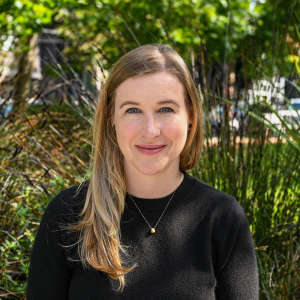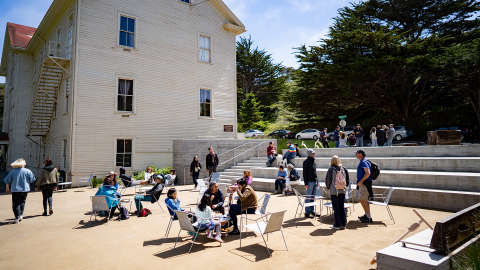Tilden Environmental Education Center
Berkeley, CA


Introducing Visitors to East Bay’s Environmental Gateway
Tilden Nature Area is cherished by residents of the Bay Area as a place to explore nature and engage young ones with the Little Farm petting zoo. The existing Center and adjacent Farm are a major public attraction and a gateway for many to the East Bay natural environment. In addition, hundreds of school children arrive each month to participate in the naturalist programs offered by the Park District at this location. In its current state, the landscape leading to and surrounding the EEC does not provide a welcoming and clear gateway to guide visitors to their destinations, and the expanse of lawn does not meet the environmental or educational goals of the center. The opportunities for the new landscape include: updating the landscape to meet accessibility code, use of native, fire-resistant and climate-adaptive resilient planting – especially plants local to the watershed or immediate context of the Nature Area, on-site wood re-use for site furnishings, enhancing the pedagogical value of the landscape to tie into educational programs, and creating outdoor gathering spaces such as flexible plazas and lawns for simultaneous use by different classes or programs.

The site design for the landscape includes various elements that support visitor access and comfort, as well as opportunities for education and exploration. A variety of distinct and differentiated outdoor classrooms are provided to accommodate groups, including lawn areas, seating on plazas, an amphitheater, and horticultural rooms characterized by native pollinators or plants historically used by local Native Americans. The goal is to provide the minimum amount of lawn to reduce the water use and maintenance associated with turf and to increase the area of the site available for native planting.

Limiting site impacts and finding ways to re-use materials on-site is critical for the project’s sustainability goals and to further add to the story of learning and environmental education for all visitors. Trees that must be removed will be evaluated for their reuse whether in furniture or other landscape elements, such as nurse logs, that will foster habitat, or for biochar in the EBRPD facility and used as a soil amendment to support the new site planting.





